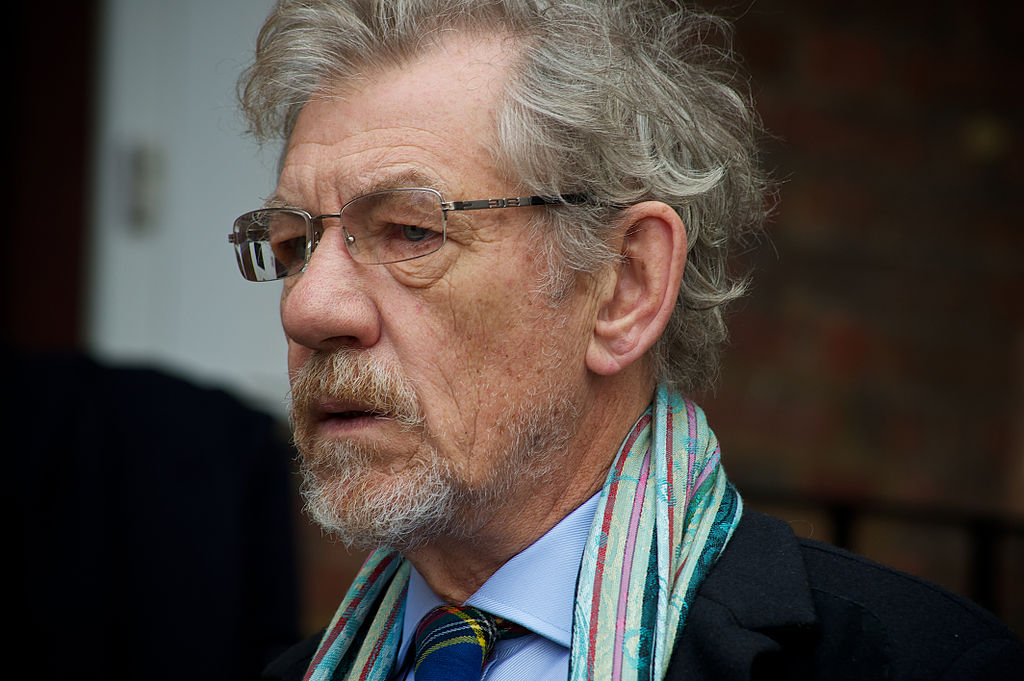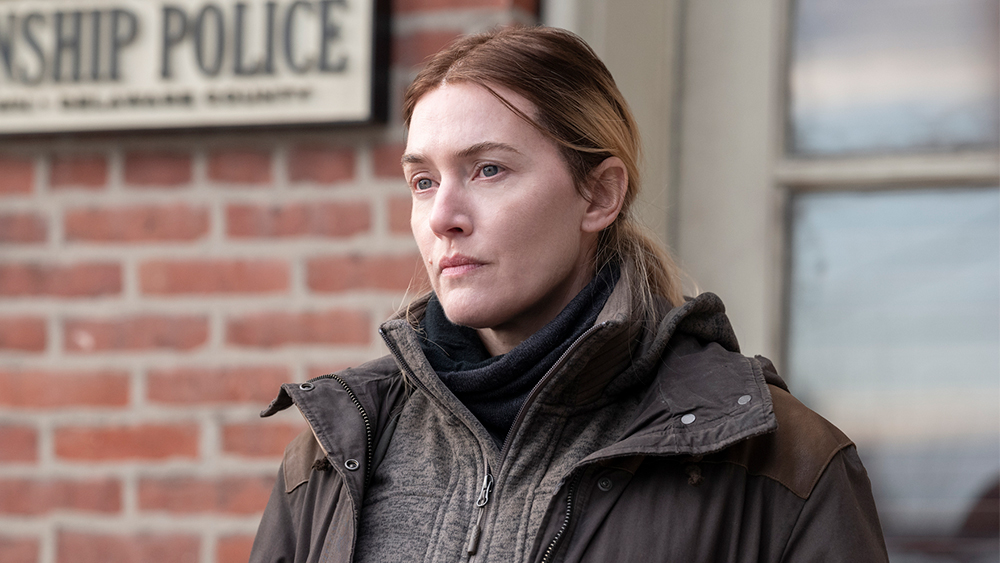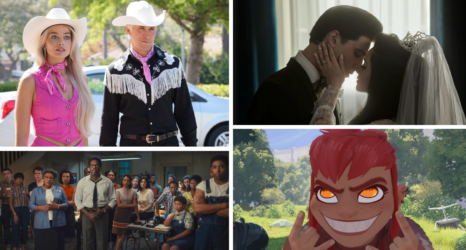Women between the ages of 45 and 74 make up over 28 percent of the population in the U.S. Why are they not in leading roles or playing Hamlet?

Sir Ian McKellen is ushering in post-COVID theatre with a new interpretation of William Shakespeare’s Hamlet at the Theatre Royal Windsor in London. McKellen, 82, is playing the young Danish prince. Yes, he’s playing Hamlet in what is being advertised as “age-blind casting.”
McKellen is one of my favorite actors. But, let’s call the “age-blind” casting what it is—a gimmick that reinforces male privilege.
Imagine the conversation if Helen Mirren, 76, played Juliet in an “age-blind” production of Romeo & Juliet opposite a young Romeo. Go ahead. Yup. It would center on her looks and not her abilities. And it would be savage.
We are conditioned by the purveyors of popular culture to accept men, especially white men, in any narrative, regardless of age. This casting courtesy is not extended to women. Critics and audiences don’t know how to talk about mature women in popular media because we don’t have enough examples and producers lack imagination.
The Geena Davis Institute on Gender in Media talked about the “dismal” findings in their latest examination of ageism in Hollywood. The study showed that there were “no women over 50 cast in any leading roles in 2019’s 30 top-grossing films” out of the U.S., U.K., France or Germany. That’s not to say women aren’t there—sure, stories need grandmas, mothers and the occasional castrating boss—supporting characters to serve as devices to propel the male protagonist’s story.
Women between the ages of 45 and 74 make up over 28 percent of the population in the U.S. Why are they not in leading roles or playing Hamlet?
Women are subjected to patriarchal ageist standards of beauty that their male colleagues simply are not. When those standards are normalized through the media we consume, it perpetuates an unobtainable perception of beauty and age. Not only do we not see stories about mature women—yes, there are the exceptions, like Frances McDormand, 64, in Nomadland and Kate Winslet, 45, in Mare of Easttown—but, we rarely see this age group depicted as fully realized characters even in supporting roles. This is a systemic problem in the industry where mature actresses must kneel to the cult of beauty and, to quote Hamlet, “paint it an inch thick” to hide their true age in order to be considered for any role. Even Winslet had to fight to not have her tummy digitally removed in the sex scenes in Mare of Easttown.

I am a feminist director who ran a small experimental theatre company in the late 1990s to the mid 2000s in San Diego. I was applauded by critics and audiences for breaking boundaries in my casting choices and challenging prevailing views. When I started to direct for larger regional theatres and Shakespeare companies in the early 2000s, I was often thwarted by the gatekeepers, those male casting directors and artistic directors and producers who lacked imagination about women, body diversity, age and casting the global majority. The emotional labor I exerted to change, not always successfully, their ingrained thinking about women was exhausting and in some cases, detrimental to my career.
In my 25 years as a theatre director, I have only worked with one female-identifying casting director and it was delightful. The male casting directors dissected women’s bodies as if it was their only positive attribute; this woman celebrated the diversity of the female form. When I questioned one of the male casting directors about why I wasn’t seeing age-appropriate women, I was told they always “cast women younger” because that is what audiences want. The subtext here: Audiences don’t want to see older women. Casting directors are gatekeepers, they put before directors a radically myopic view of the world and this makes its way onto our stage and screen.
Later, when I served as a casting director for a major regional theatre, I wanted to shake things up by confronting bias. Ninety-five percent of the directors I worked with were male and over 45. The majority of these directors waxed poetic about wanting age-appropriate “real-looking” women for the roles, but ultimately would fall back on standards and tropes. The talented women I brought in were scrutinized for their looks. Comments from the directors ranged from, “She has her hair down to hide her wrinkles,” “She looks too old,” “She’s not that fit,” to “The’s not as pretty as her headshot,” and “She doesn’t look f**kable.” Comments about male actors centered on talent, regardless of their physical appearance or age. Again, I was waging a battle against the double standard.
The industry needs to radically rethink the stories we put on stage and screen. Fortunately, there is a shift underway in American Theatre as casting agencies begin to diversify and alter their Eurocentric modes of thinking and patriarchal standards of beauty. In Hollywood, we see actors like Winslet and Davis leading a call for better roles for women. It won’t change overnight, but it starts with celebrating age not being blind to it.
Up next:





